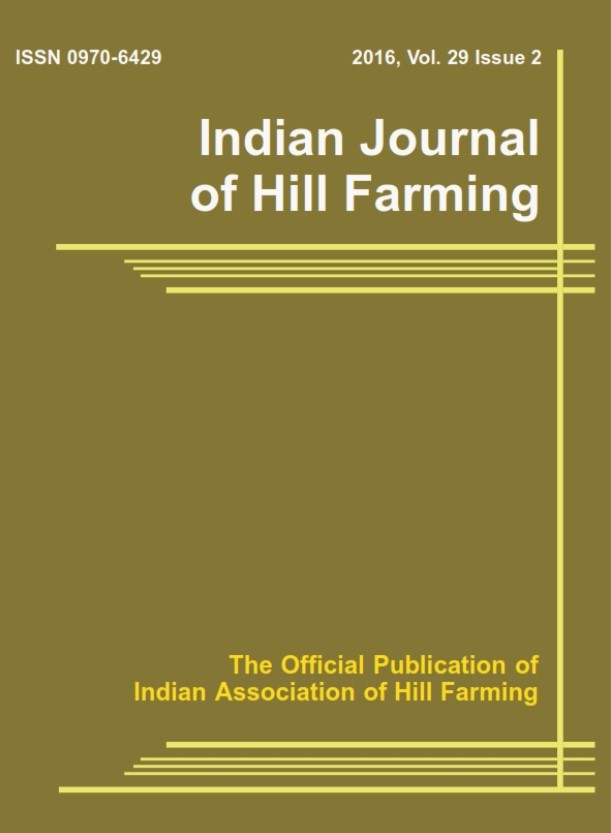Ecologic-mud-bricks: Ladakhi vernacular resilient architectural strength for hostile environment
DOI:
https://doi.org/10.56678/Keywords:
Mud brick, Pag-bu, Climate resilient, Ladakhi house, extreme climateAbstract
Ladakh is a cold arid climate in the great Himalaya with several glaciers at an altitude from 3000 to 8000 metres amsl. Due to its high altitude, region is always freezing cold and dry for most of the year. Over the centuries, Ladakh’s inhabitants have successfully countered the extreme winter climate by using thick mud brick as resilient building material for thermally comfortable and sustainable housing by trapping the sun’s heat during the day and release it evenly through the night. It was recorded that in the region where temperature dips as low as -40 degree during whole winter season and all the houses were constructed with mud bricks locally known as Pag-bu, paku etc. It is a simple low cost construction technology with significant practical and environmental advantages over other construction materials, suited for use in cold arid Ladakh. Still, resource poor farmers still continuing to use mud-brick based constructions for the shelters. Mud bricks are prepared and sun-dried using farmers’ own soil after filtering out small gravels with the use of hired labour and his family members and save transportation. Due to climate change and post flood context, although few progressive farmers have initiated and changed the construction pattern and adopting cement-based bricks to strengthen house building and protection necessary for survival. Efforts by several organizations are being made to promote and develop new solar technologies to capture and store the sun’s energy by enabling their inhabitants to survive in this hostile environment.Downloads
Published
2023-03-31
Issue
Section
Articles
License
Copyright (c) 2024 M.S. Raghuvanshi, Enoch Spalbar, B.L Manjunatha, RStanzin Landol, H.M. Meena, Jigmet Stanzin, Changchuk Lhamo, A. Arunachalam, Ngawang Dorjay, Mahesh K. Gaur (Author)

This work is licensed under a Creative Commons Attribution-NonCommercial-NoDerivatives 4.0 International License.
How to Cite
Ecologic-mud-bricks: Ladakhi vernacular resilient architectural strength for hostile
environment. (2023). Indian Journal of Hill Farming, 37(01), 137-144. https://doi.org/10.56678/




